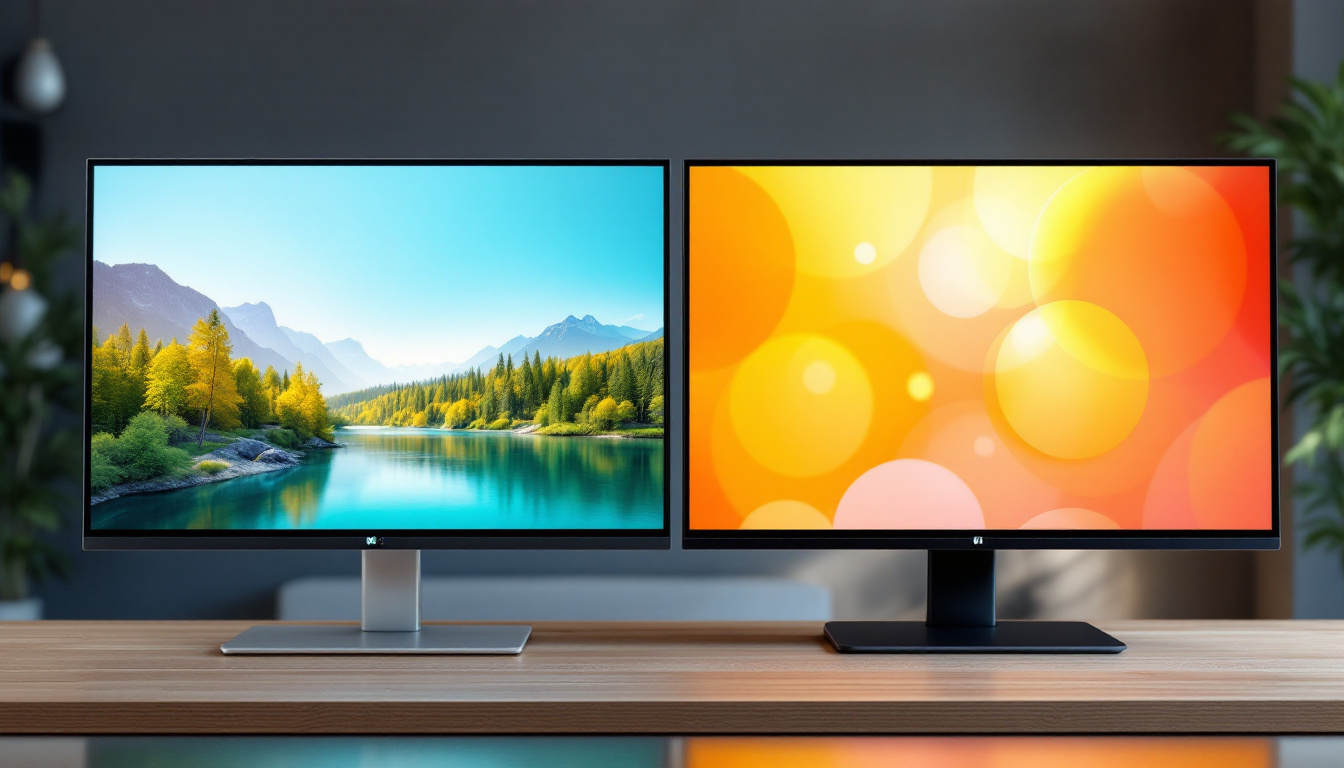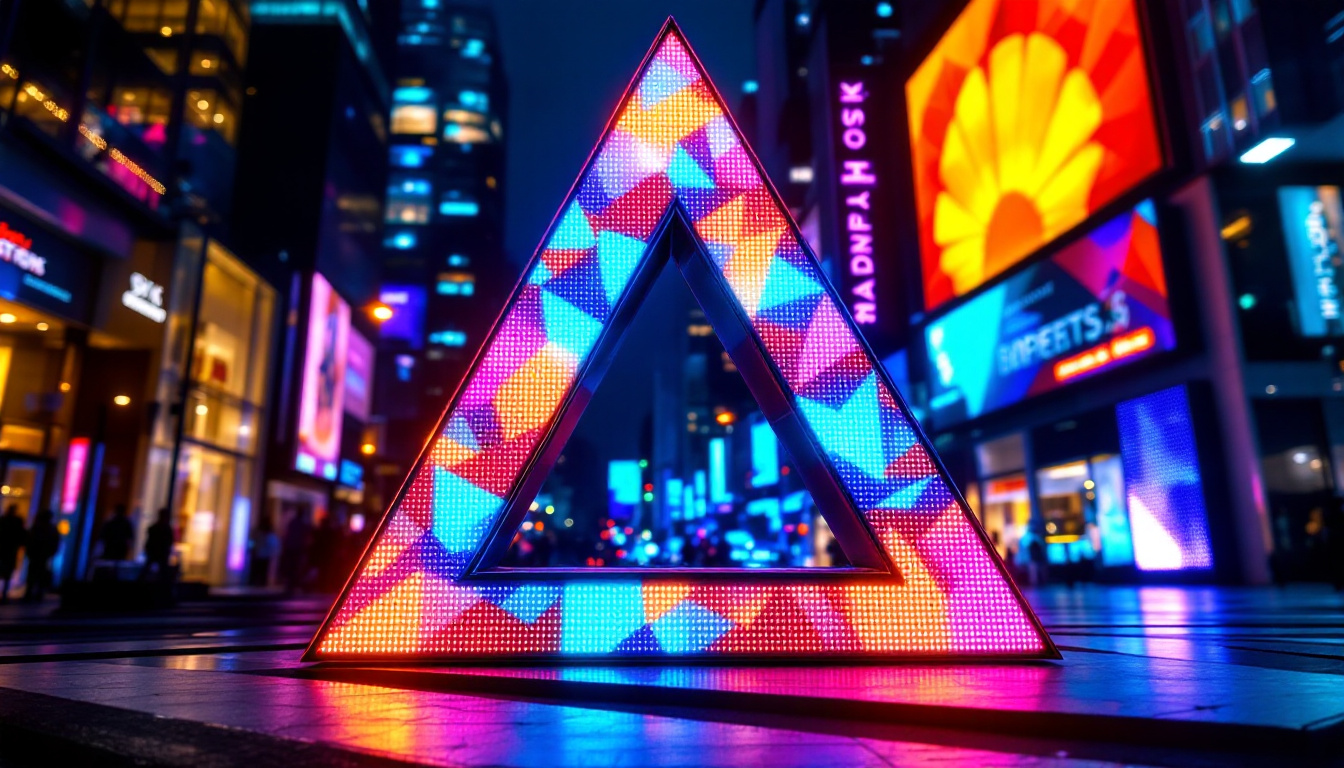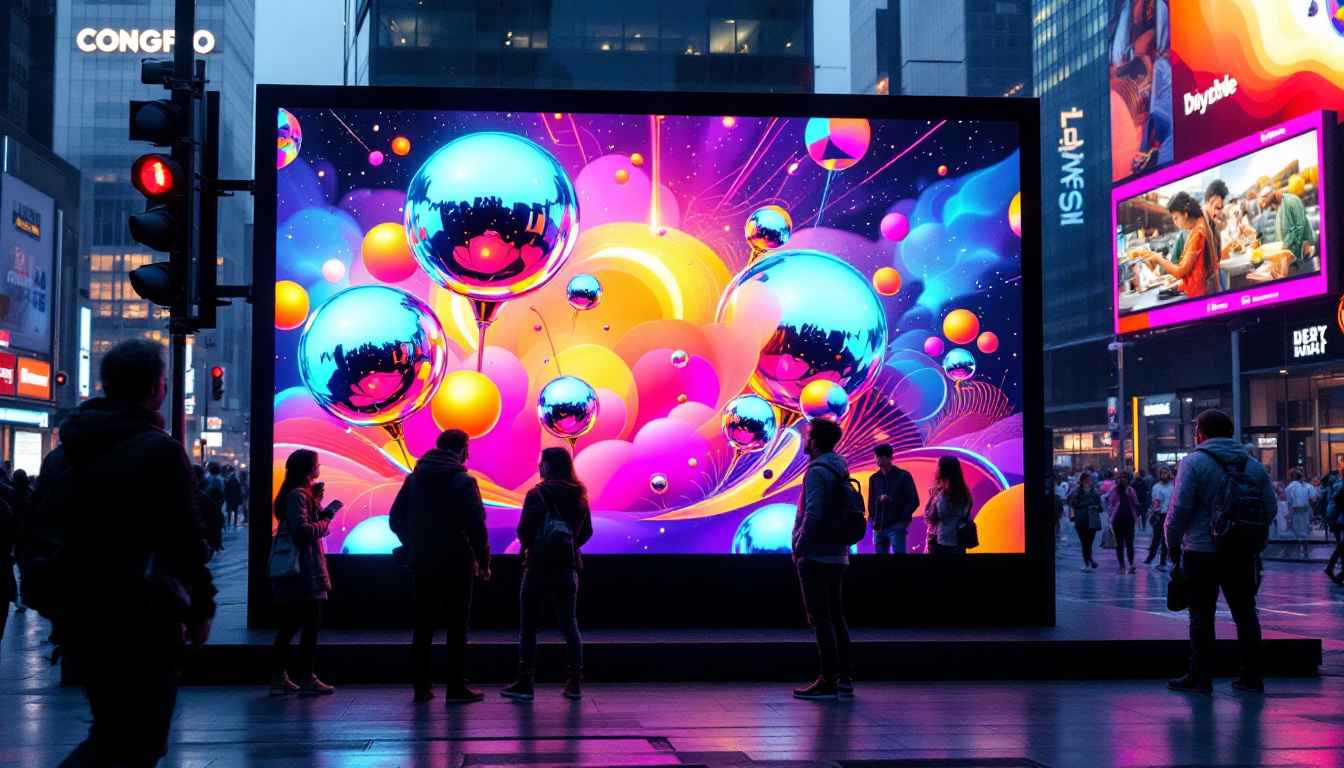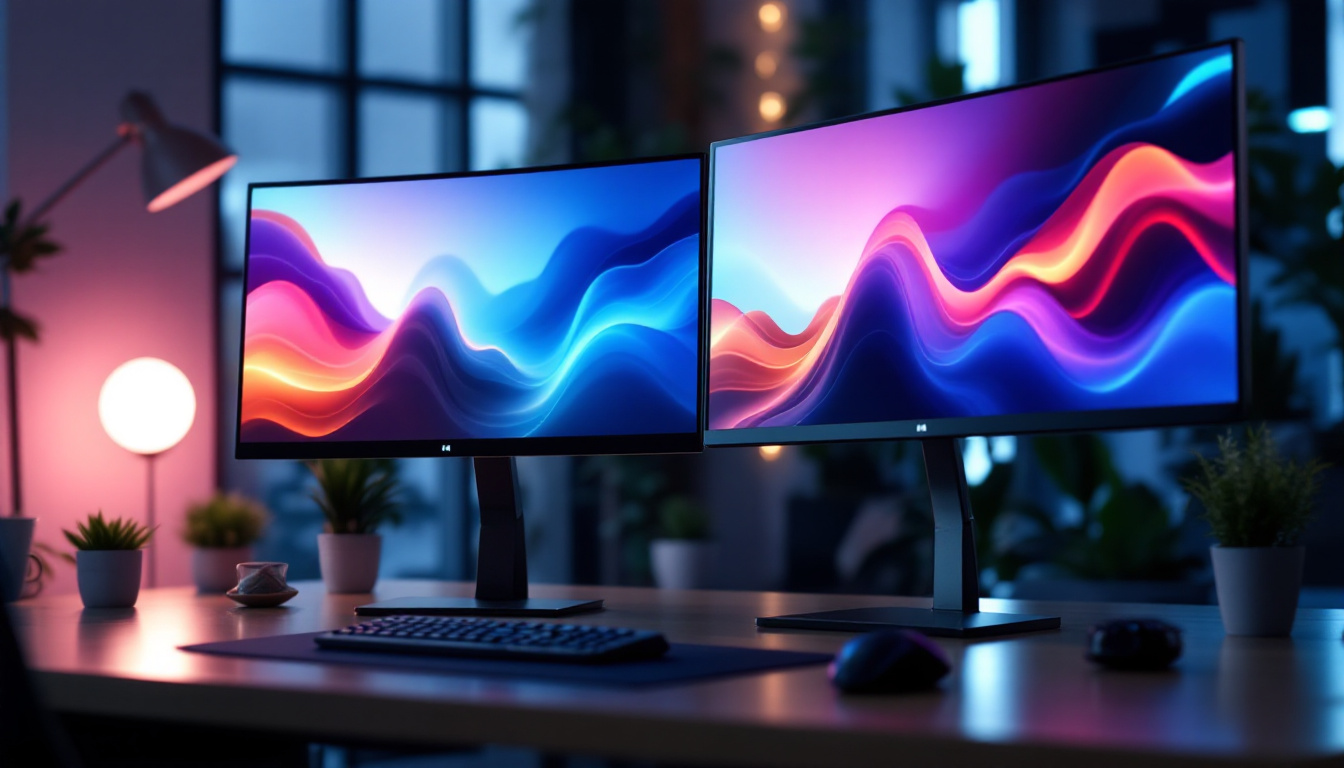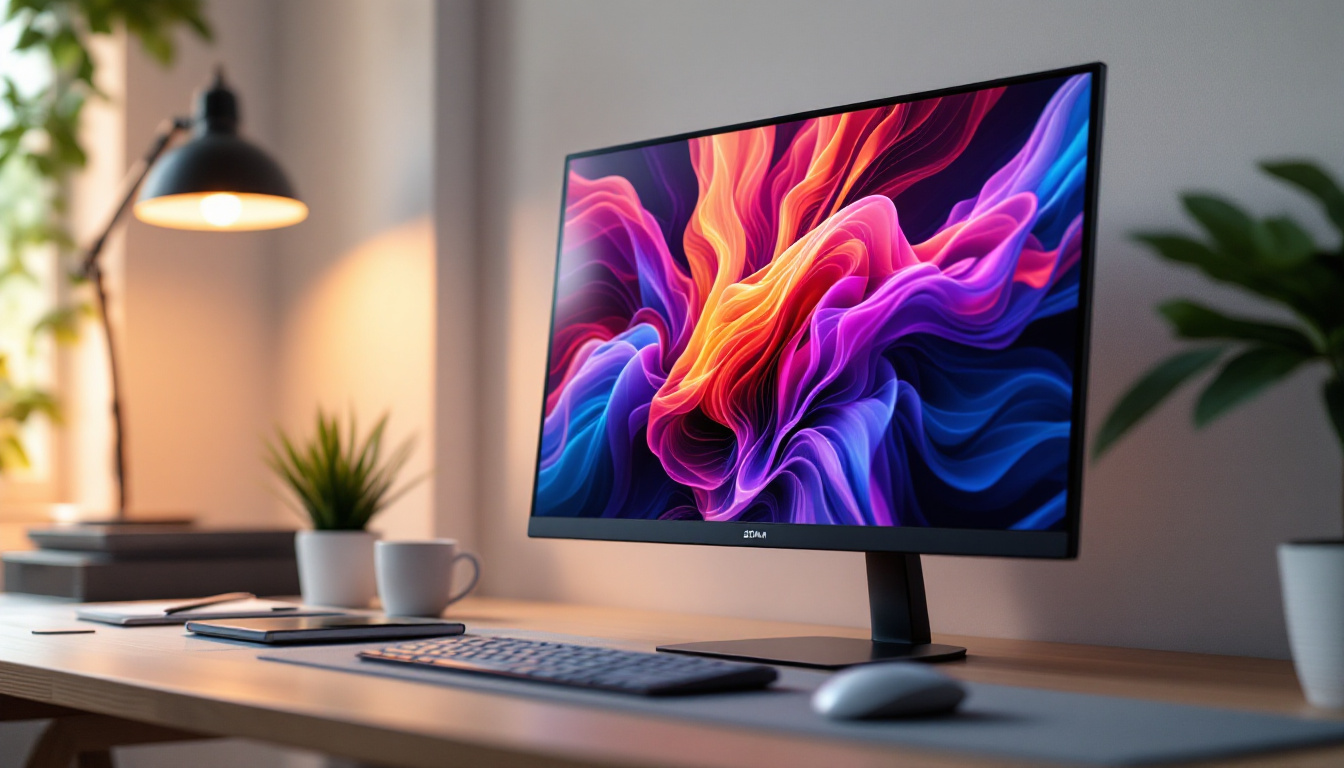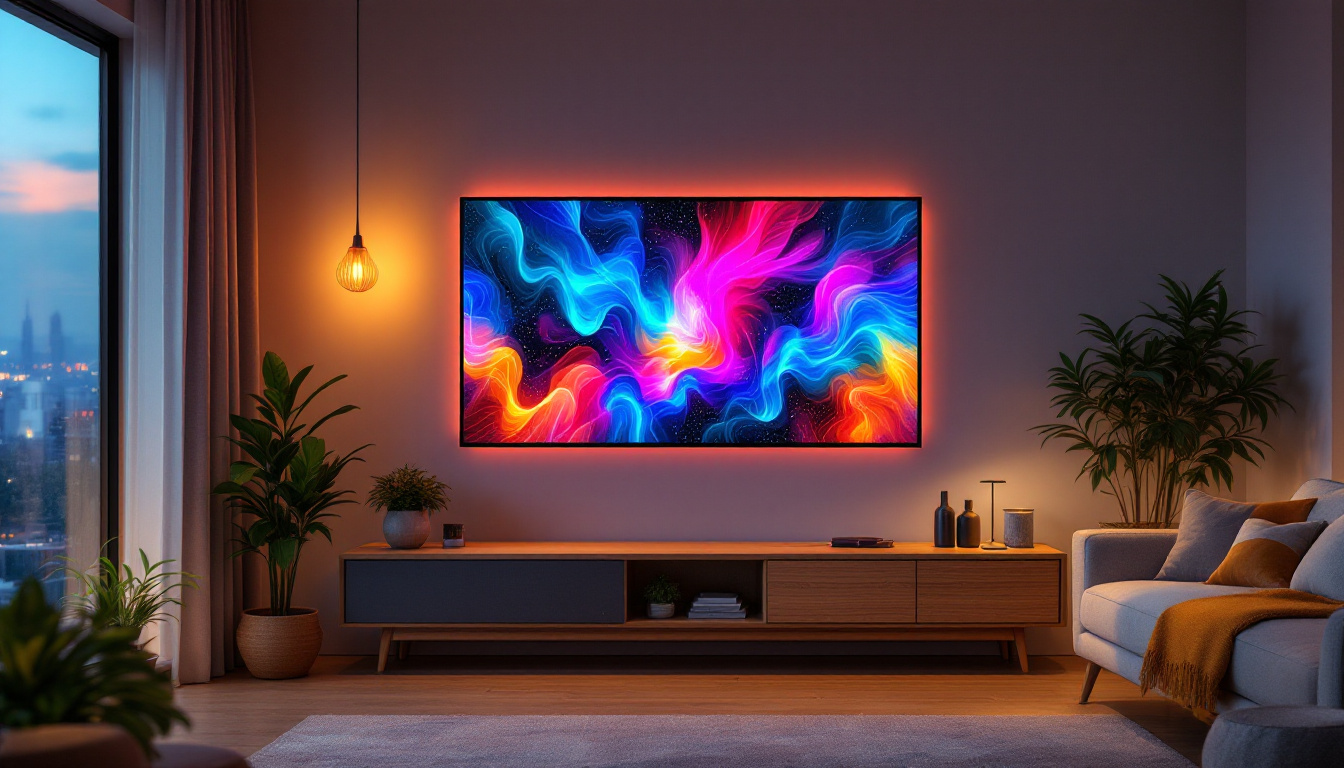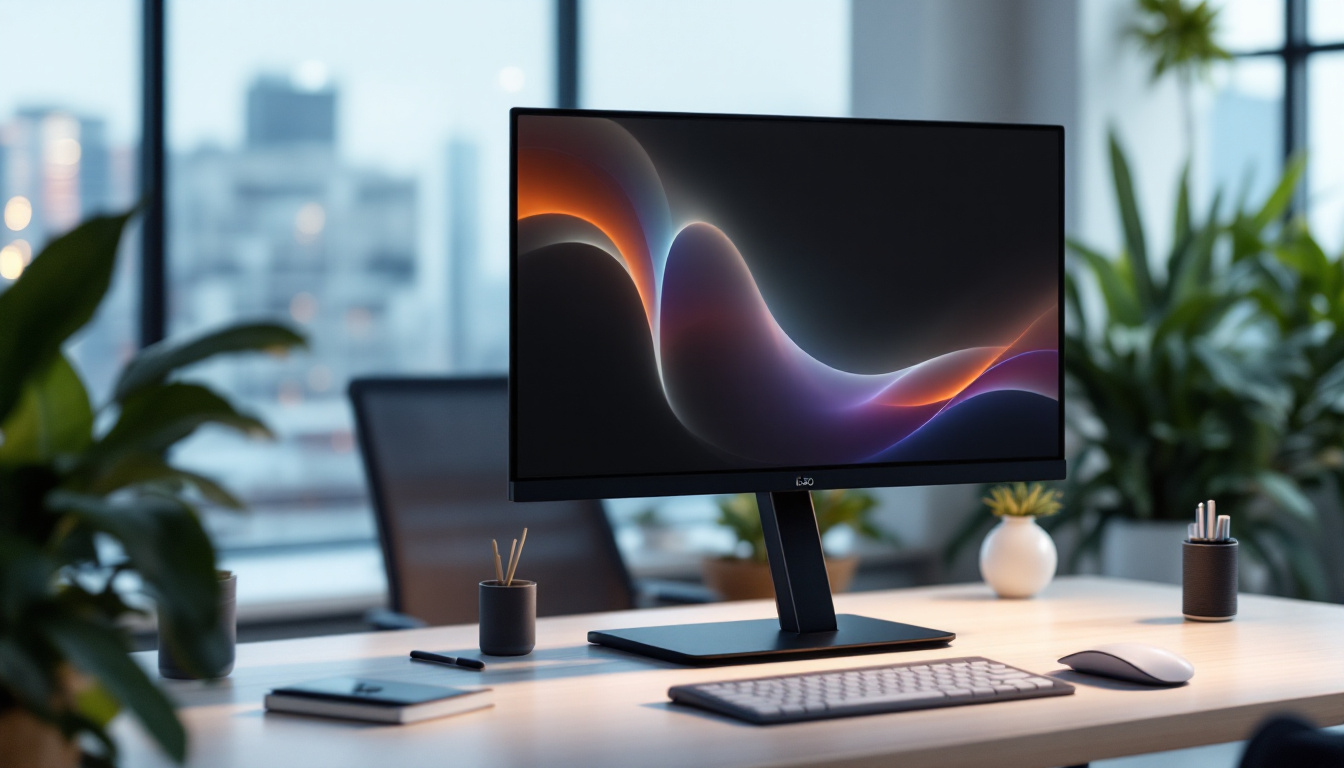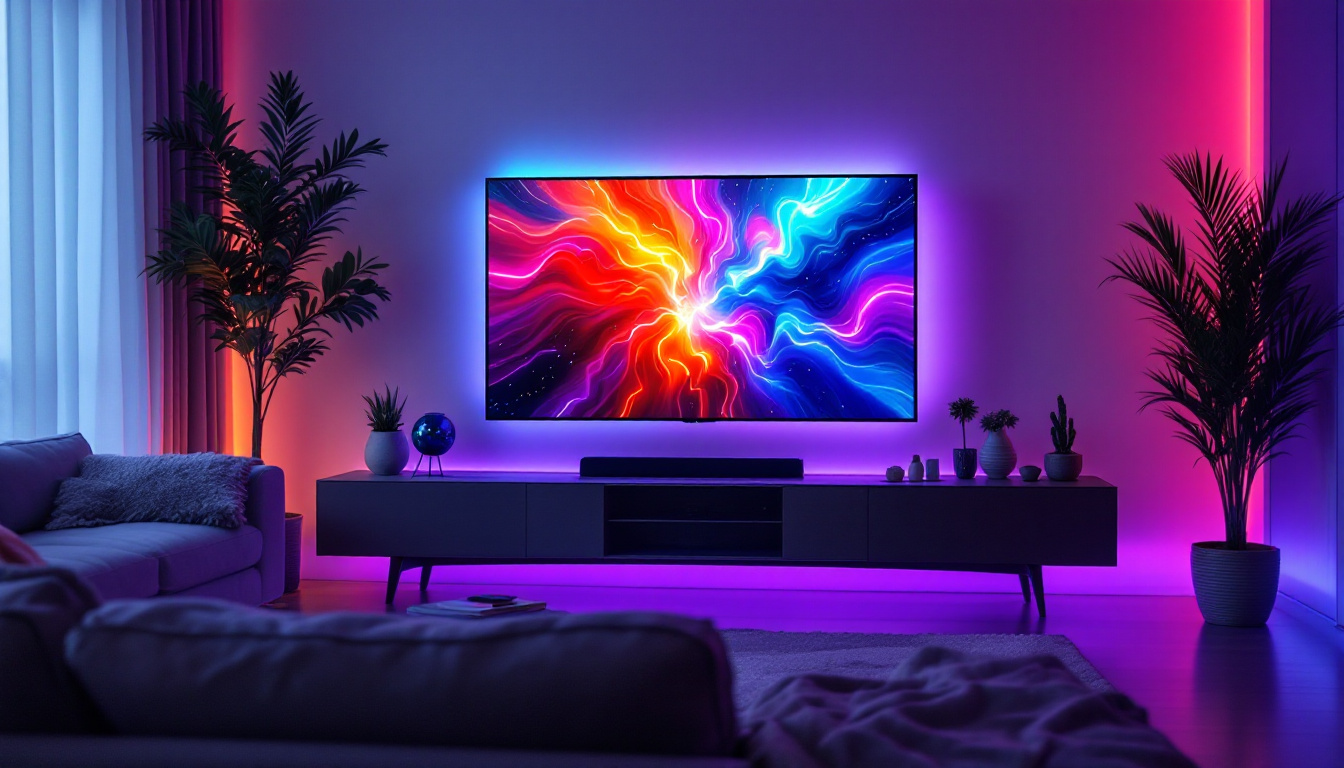In the ever-evolving world of display technology, understanding the differences and advancements between various types of screens is crucial. This article delves into the transition from LCD (Liquid Crystal Display) to touch screen technology, while also explaining the role of LED (Light Emitting Diode) displays in this evolution. By the end of this exploration, readers will gain a comprehensive understanding of these technologies and their applications.
Understanding LCD Technology
LCD technology has been a cornerstone in the display industry for decades. It utilizes liquid crystals sandwiched between two layers of glass or plastic. When an electric current is applied, these crystals align to allow varying degrees of light to pass through, creating images on the screen.
How LCD Works
The basic principle of LCD involves manipulating light rather than emitting it. A backlight, typically composed of fluorescent or LED lights, illuminates the liquid crystals. The crystals then control the amount of light that passes through, which is crucial for generating color images. This method is energy-efficient compared to older technologies, such as CRT (Cathode Ray Tube), making LCD a popular choice for televisions, monitors, and portable devices.
Furthermore, the arrangement of the liquid crystals can be fine-tuned to enhance image quality. Techniques such as in-plane switching (IPS) and twisted nematic (TN) are commonly employed to improve viewing angles and color reproduction. IPS technology, for instance, allows for wider viewing angles and better color accuracy, making it a favored choice for professional graphic design and photography applications. As a result, advancements in LCD technology continue to push the boundaries of display quality, providing users with an immersive visual experience.
Advantages of LCD Displays
LCD displays offer several advantages, including thin profiles, lightweight designs, and energy efficiency. They provide sharp images and vibrant colors, making them suitable for a wide range of applications. Additionally, they have a longer lifespan compared to traditional displays, which contributes to their widespread adoption in various consumer electronics.
Moreover, the versatility of LCD technology extends beyond just televisions and computer monitors. It has found its way into smartphones, tablets, and even automotive displays, showcasing its adaptability across different platforms. The ability to produce high-resolution screens with minimal power consumption has made LCD a preferred choice for mobile devices, where battery life is paramount. As manufacturers continue to innovate, we can expect to see even more enhancements in LCD technology, such as improved refresh rates and better response times, which are essential for gaming and high-definition video playback.
Transitioning to Touch Screen Technology
The introduction of touch screen technology marked a significant shift in how users interact with devices. Touch screens combine display technology with touch-sensitive sensors, allowing users to control devices through direct interaction with the screen. This evolution has not only transformed personal devices like smartphones and tablets but has also influenced various sectors, including education, healthcare, and retail, where interactive displays are becoming commonplace.
Types of Touch Screen Technologies
There are several types of touch screen technologies, including resistive, capacitive, and optical. Each type has its unique characteristics and applications. Resistive touch screens are made of multiple layers that respond to pressure, making them suitable for environments where gloves are worn. Capacitive touch screens, on the other hand, use the electrical properties of the human body to detect touch, providing a more responsive experience. Optical touch screens use cameras or infrared sensors to detect touch, offering versatility in various settings. Additionally, newer technologies like in-cell and on-cell touch screens are emerging, which integrate touch sensors directly into the display layers, further reducing thickness and improving image quality.
Benefits of Touch Screen Interfaces
Touch screens enhance user experience by providing intuitive interaction. They eliminate the need for physical buttons, allowing for a cleaner design and more screen real estate. Touch screens also facilitate multitasking and enable gestures, such as pinch-to-zoom, which have become standard in modern devices. Furthermore, the tactile feedback provided by advanced touch technology can simulate the feel of physical buttons, enhancing user satisfaction. The accessibility features of touch screens also deserve mention; they can be designed to accommodate users with disabilities, offering options like voice commands and haptic feedback, making technology more inclusive for everyone.
In addition to these benefits, touch screens are increasingly being integrated into everyday objects, leading to the rise of the Internet of Things (IoT). Smart home devices, kitchen appliances, and even vehicles now often feature touch interfaces, allowing users to control various functions with a simple tap or swipe. This integration not only streamlines user interaction but also promotes a more connected lifestyle, where users can manage multiple devices from a single interface. As technology continues to evolve, the potential applications of touch screens are virtually limitless, paving the way for innovative solutions that enhance both convenience and functionality in our daily lives.
The Role of LED in Display Technology
While discussing LCD and touch screens, it is essential to highlight the role of LED technology. LED displays have gained popularity due to their superior brightness, contrast, and energy efficiency compared to traditional LCDs. The advancements in LED technology have not only improved the visual experience but have also contributed to the longevity of display devices, making them a preferred choice for consumers and manufacturers alike.
LED vs. LCD: What’s the Difference?
Although both LED and LCD displays use liquid crystals to create images, the key difference lies in the backlighting. LED displays utilize light-emitting diodes for backlighting, which results in better color accuracy and deeper blacks. This technology has led to the development of various display types, including OLED (Organic Light Emitting Diode), which offers even greater contrast and color range. Furthermore, advancements in LED technology have introduced features like local dimming, where specific areas of the screen can be dimmed or brightened independently, enhancing the viewing experience by providing more realistic images.
Applications of LED Displays
LED displays are commonly used in a variety of applications, from large outdoor billboards to high-definition televisions. Their ability to produce bright and vibrant images makes them ideal for environments with high ambient light. Additionally, LED technology is being integrated into more portable devices, enhancing the viewing experience on smartphones and tablets. Beyond consumer electronics, LED displays are also revolutionizing industries such as automotive, where they are used for dashboard displays and headlights, offering improved visibility and energy efficiency. In the realm of advertising, dynamic LED screens allow for eye-catching presentations that can be updated in real-time, making them a powerful tool for marketers looking to engage audiences in innovative ways.
Integration of Touch Screen and LED Technologies
The integration of touch screen and LED technologies has revolutionized the way users interact with devices. This combination has led to the development of sleek, high-definition touch screens that are responsive and visually stunning. The synergy between these technologies not only enhances user experience but also paves the way for innovative applications across various industries.
Smartphones and Tablets
Smartphones and tablets are prime examples of devices that utilize both touch screen and LED technologies. The combination allows for vibrant displays that are not only visually appealing but also highly functional. Users can swipe, pinch, and tap to navigate through applications, making these devices intuitive and user-friendly. Moreover, advancements in OLED (Organic Light Emitting Diode) technology have further improved the quality of displays, offering deeper blacks and more vibrant colors, which enhance everything from gaming to streaming video content.
Interactive Kiosks and Displays
Interactive kiosks, often found in retail environments, museums, and public spaces, leverage touch screen and LED technology to engage users. These kiosks provide information, facilitate transactions, and enhance user experiences through interactive content. The bright LED displays attract attention, while the touch interface allows for seamless interaction. Furthermore, the integration of augmented reality features in some kiosks creates immersive experiences that captivate users, allowing them to visualize products in 3D or explore historical artifacts in a more engaging manner. This innovative approach not only enhances customer satisfaction but also drives sales and increases foot traffic in physical locations.
Smart Home Devices
In addition to smartphones and kiosks, the integration of touch screen and LED technologies is making waves in the realm of smart home devices. Smart thermostats, lighting systems, and security panels now feature touch screens that allow homeowners to control their environments with ease. These devices often come equipped with LED indicators that provide real-time feedback, such as temperature settings or security alerts, enhancing the overall user experience. As smart home technology continues to evolve, the combination of touch screens and LED displays is expected to play a crucial role in creating more intuitive and responsive home automation systems.
Future Trends in Display Technology
The future of display technology is promising, with ongoing advancements that aim to enhance user experience further. Innovations such as flexible displays, foldable screens, and augmented reality interfaces are on the horizon.
Flexible and Foldable Displays
Flexible and foldable displays are set to transform the design of mobile devices. These displays can bend and fold without compromising image quality, allowing for new form factors in smartphones and tablets. This technology opens up possibilities for larger screens that can fit comfortably in pockets or bags.
Augmented Reality and Virtual Reality
Augmented reality (AR) and virtual reality (VR) technologies are also influencing the future of displays. Touch screens integrated with AR and VR capabilities can provide immersive experiences, allowing users to interact with digital content in a three-dimensional space. This technology has applications in gaming, education, and training, making it an exciting area of development.
Conclusion
The transition from LCD to touch screen technology, alongside the advancements in LED displays, has significantly impacted how users interact with devices. Understanding these technologies is essential for both consumers and industry professionals alike. As technology continues to evolve, the integration of these display types will lead to even more innovative and engaging user experiences.
In summary, the journey from LCD to touch screen and the role of LED technology illustrates the rapid advancements in display technology. With ongoing innovations on the horizon, the future promises to deliver even more exciting developments in the world of displays.
Discover LumenMatrix’s Advanced LED Display Solutions
As we embrace the future of display technology, LumenMatrix stands at the forefront, offering a wide array of innovative LED display solutions tailored to meet the evolving needs of businesses and consumers alike. From captivating Indoor and Outdoor LED Wall Displays to dynamic Vehicle and Sports LED Displays, LumenMatrix is committed to enhancing brand visibility and creating immersive visual experiences. Whether you’re looking to engage audiences with a Custom LED Display, an All-in-One LED solution, or even a LED Transparent Display, LumenMatrix has the cutting-edge technology to bring your vision to life. Don’t miss the opportunity to transform your visual communication. Check out LumenMatrix LED Display Solutions today and step into the future of display technology.

